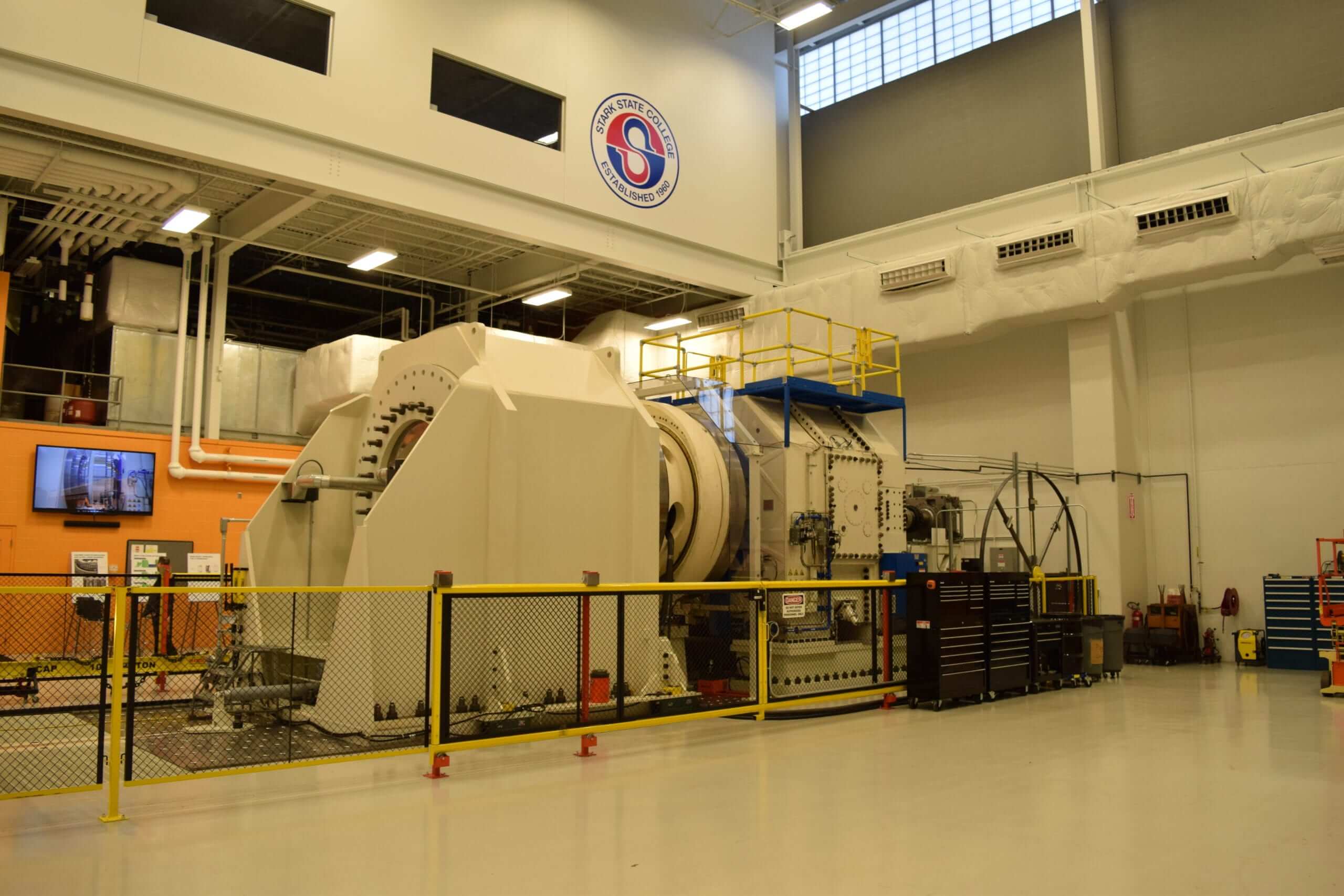A trusted name in American manufacturing makes a wind power play
The Timken Company has long been a part of America’s industrial landscape. The Ohio-based company’s roots stretch back to the 19th century, and for more than 100 years, they’ve been making bearings trusted for their quality and durability.
For most of the company’s history, it supplied bearings to the automotive industry. But about 15 years ago it made a strategic pivot, looking to become more diversified in its business. One market that looked ripe with potential– wind power.
Today, the energy market makes up about 10 percent of Timken’s business, and wind represents half of that. Just a few years ago, that number was zero, and Timken management told me they only expect wind energy’s share to grow in the coming years.
Getting into the wind game didn’t come without its challenges, however. Timken had long specialized in bearings much smaller than those used in wind turbines, so new R&D was a must. That’s why the company invested $14 million in a new wind energy testing facility, where its engineers can simulate 20 years worth of stress on a bearing within four to five months.

Such rigorous analysis ultimately leads to a higher-quality, more cost-effective product. While wind’s costs fell by two-thirds over a six year period, R&D efforts like this will help drive even greater cost declines in the years ahead.
Growing industries like wind power are also good news for employment. Stephen Johnson, Timken’s Director of Research and Development, told me that in his opinion, young people looking for careers in engineering and manufacturing can “write their own ticket.” He emphasized the world of opportunity there is in these careers, along with a strong need for fresh blood who can innovate and think creatively. Because while the U.S. wind industry may now be a mature market, there’s still ample room for technological improvement.

And in the end, that means lower electricity costs and growing job opportunities. If a century-old company with great expertise in its field is willing to invest $14 million in wind power R&D, that’s a sign it sees fantastic business opportunity in a high-growth industry. Given that U.S. wind power is on track to quadruple by 2030, that seems like an accurate reading of the market.




